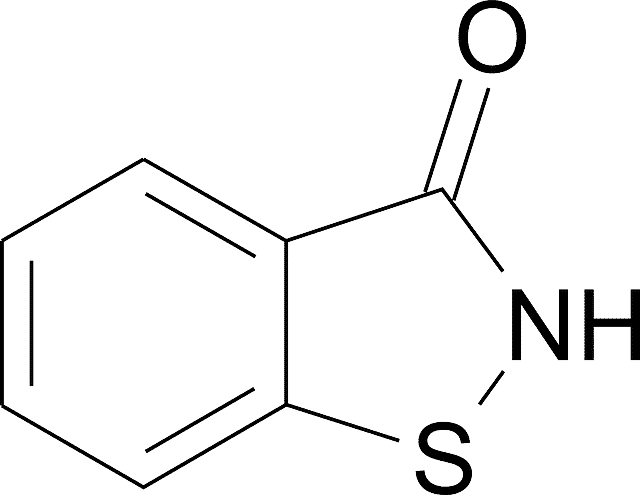
The molecular formula is a type of chemical formula.
Formula is a mechanism that is postulated to develop something or find the resolution of an issue. For science , a formula is that form of limited extension that allows data to be expressed through symbols or in a fixed way.
Molecular , for its part, is an adjective that refers to what is linked to molecules . A molecule is the smallest particle that has all the chemical and physical properties of a substance. Two or more atoms make up each molecule.
What is a molecular formula
These concepts allow us to understand the notion of molecular formula , one of the types of chemical formulas . The chemical formula reflects how the elements that give rise to a compound are represented; In the case of the molecular formula, however, the types of atoms found in the compound and the number of atoms of the different classes are indicated.
The molecular formula is used in the case of covalent compounds (those formed by sharing electrons between at least two atoms). In the case of ethylene , for example, its molecular formula is C2H4 . This formula indicates that each ethylene molecule is composed of two C (carbon) atoms and four H (hydrogen) atoms.
In the case of glucose, its molecular formula is C6H12O6 : six C atoms (carbon), twelve H atoms (hydrogen) and six O atoms (oxygen). Water has the molecular formula H2O (two hydrogen atoms and one oxygen atom).

H2O is the molecular formula of water.
Differences from the summarized form
On the other hand, the empirical formula expresses the basic representation of the atoms found in a certain chemical compound . In other words, it is a summarized or abbreviated way of naming a compound, which explains why it is also called the minimum formula .
In some cases, such as that of water, the molecular formula is identical to the empirical formula , while in others both formulas differ (the molecular formula of ethylene is C2H4 , while its empirical formula is CH2 ).
Molecular formula and nomenclatures
To name chemical compounds, a nomenclature system known as IUPAC is used, which is also used in other fields. Basically, there are two documents that contain the rules for forming names: a Blue Book and a Red Book . The first contains the details pertaining to the nomination of an organic compound, while the second covers the inorganic field. On the other hand, there are the Green books, which offer a guide for the symbolization of physical magnitudes, and Gold , with reference to the technicalities used in chemistry .
For other fields, such as macromolecular chemistry, there are papers that serve the same purposes. Furthermore, the information provided through them is not static, since articles are regularly published that expand and update the rules and guides disclosed so far. As in any convention, through this system we try to ensure that everyone calls each component in the same way, favoring research in teams at an international level and preventing discoveries from going unnoticed due to problems of understanding. It should be noted, however, that the same compound can receive several names, as long as it does not exceed the established limit.
